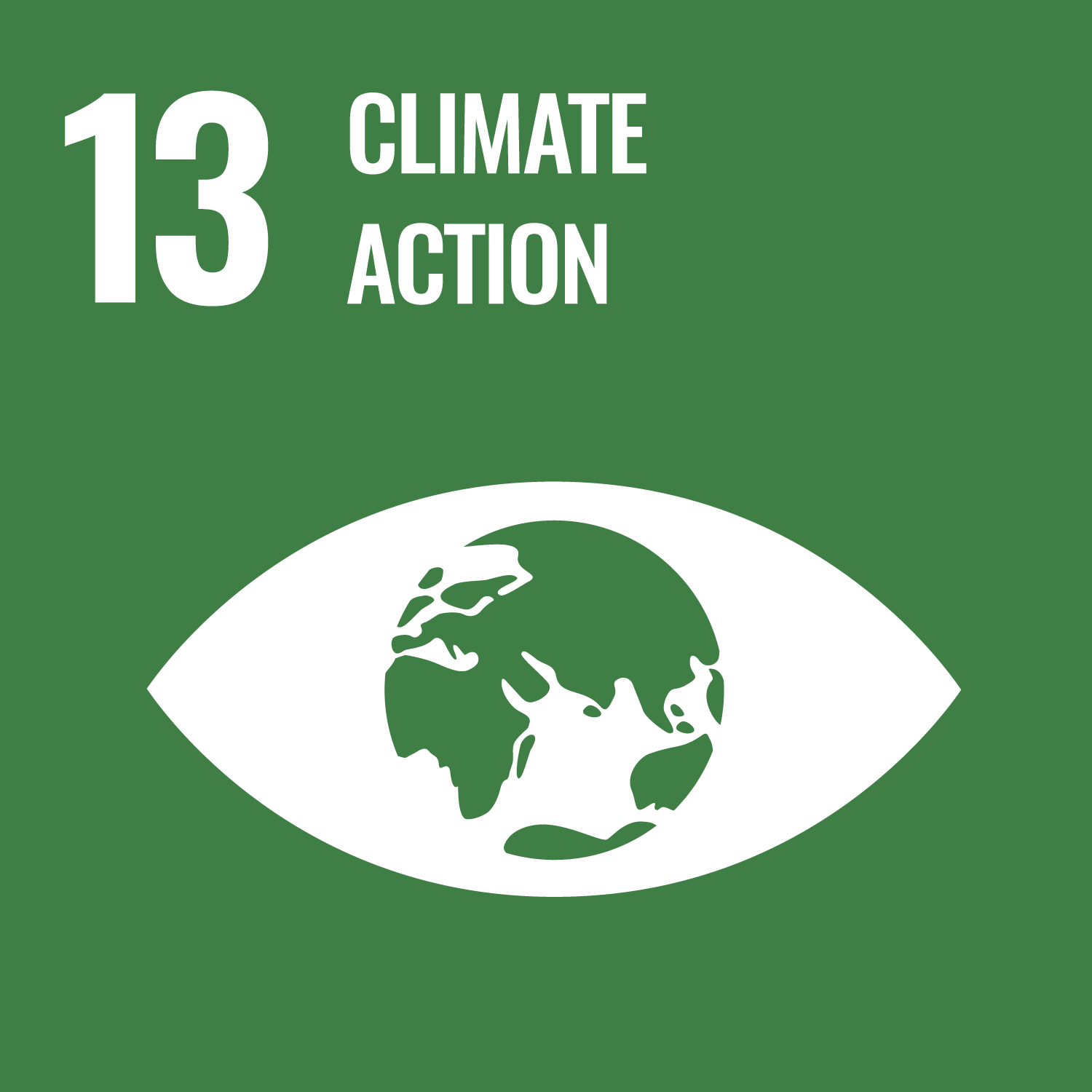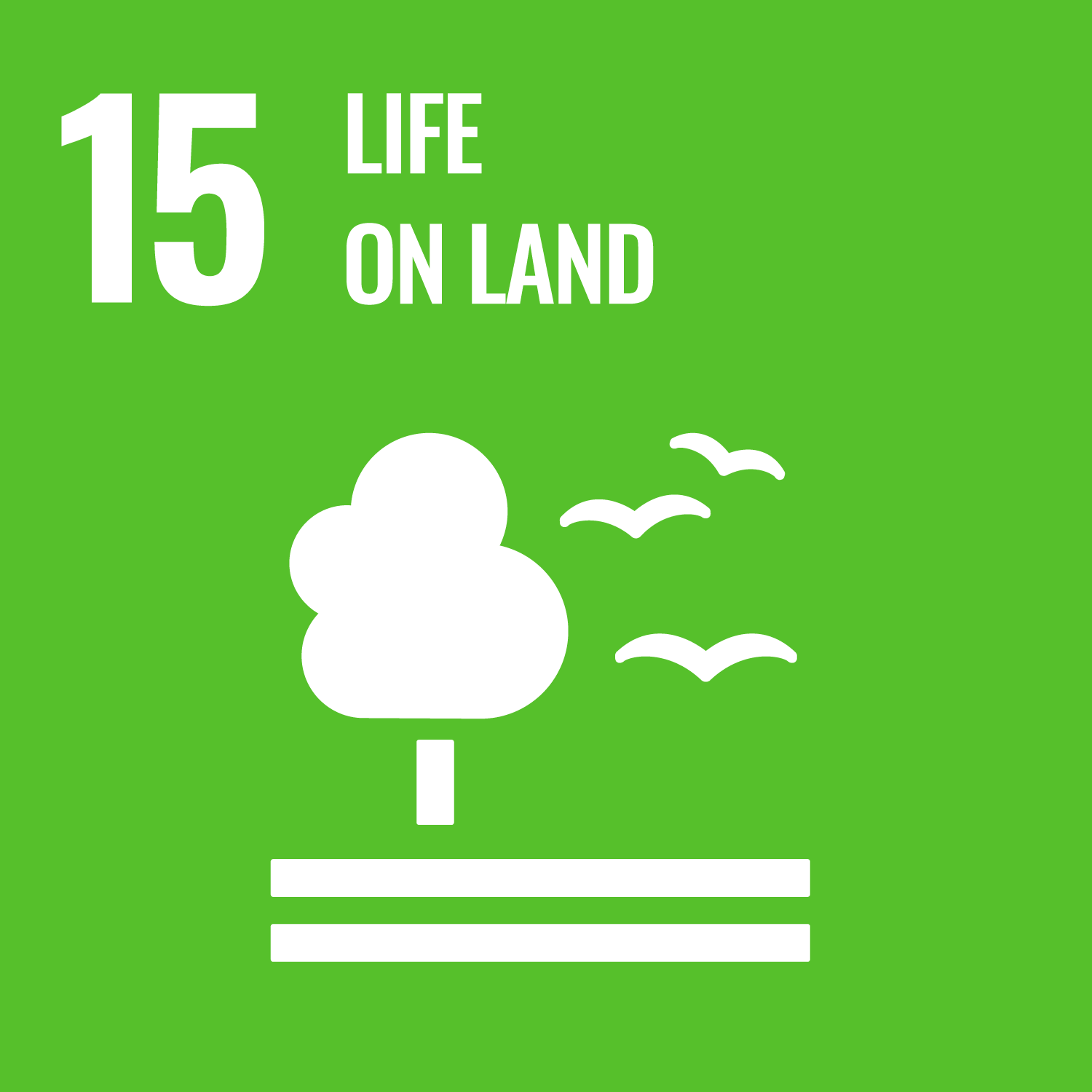



Queensland HIR Carbon Project (CBMH)
Key Info Story
Website
Social links
Project Story
Project Time-lapse
See the time-lapse of Colac Beltram Munberry Haredean over the past 6 years. The satellite imagery used has Everclime's NDVI overlay, which shows the change in vegetation over time, with more green signifying higher vegetation index at the site. This visual representation highlights the positive impact of the Human Induced Regeneration methodology on restoring and enhancing native forest ecosystems while contributing to carbon sequestration.

Human Induced Regeneration
The Human Induced Regeneration (HIR) methodology is designed to incentivise and measure carbon sequestration through the regeneration of native land in Australia. This methodology is part of the Australian Government's Emissions Reduction Fund (ERF) and the Carbon Farming Initiative (CFI), which aims to reduce greenhouse gas emissions and increase carbon sequestration in the land sector.

United Nations: Sustainable Development Goals
The United Nations Sustainable Development Goals (SDGs) are a set of 17 interconnected goals established by the United Nations in 2015. The SDGs provide a comprehensive framework for addressing the world's most pressing economic, social, and environmental challenges.
Global impact groups play a crucial role in supporting the SDGs by creating mechanisms to mobilise resources, collaborate with stakeholders, and drive collective action toward achieving the goals. These groups have the capacity to leverage their expertise and resources to make a significant positive impact.
Global impact groups play a crucial role in supporting the SDGs by creating mechanisms to mobilise resources, collaborate with stakeholders, and drive collective action toward achieving the goals. These groups have the capacity to leverage their expertise and resources to make a significant positive impact.


